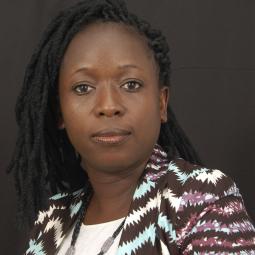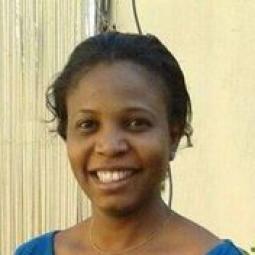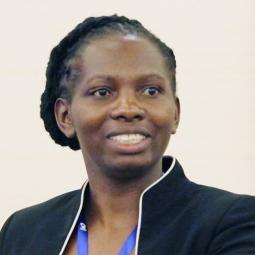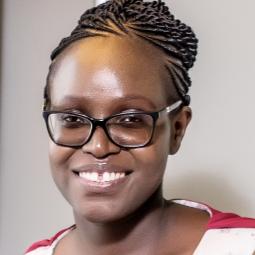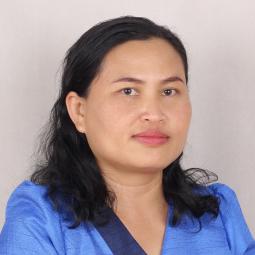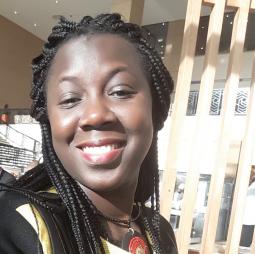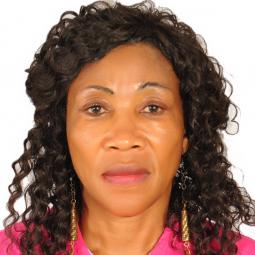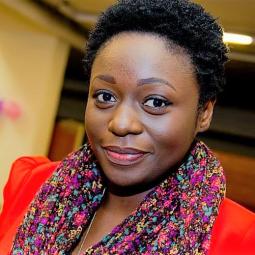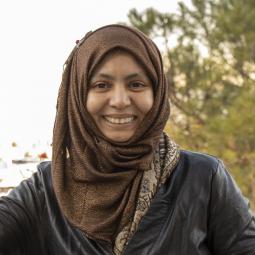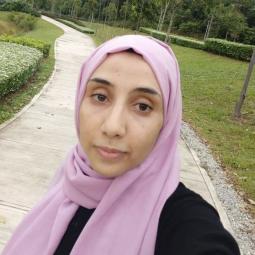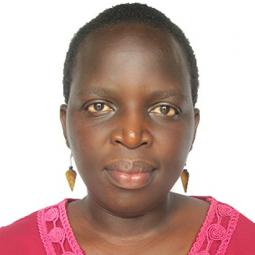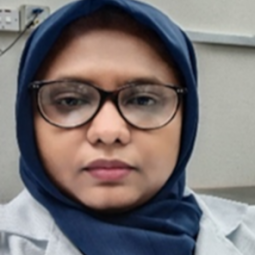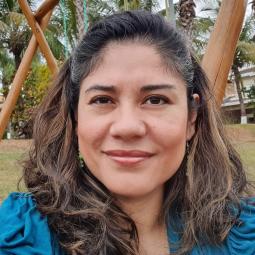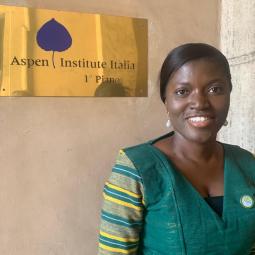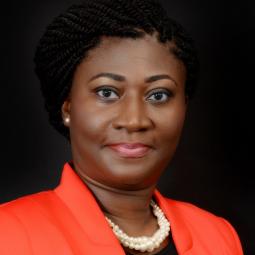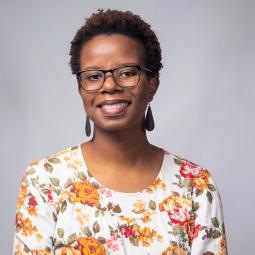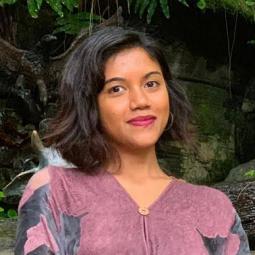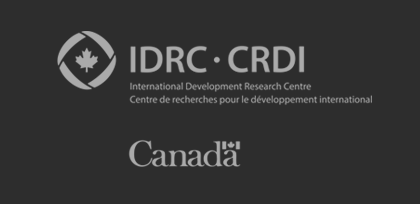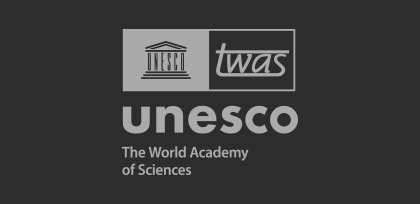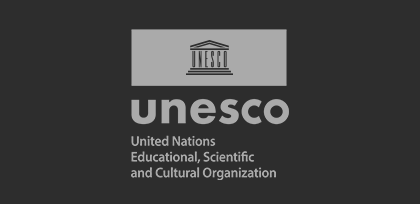OWSD NIGERIA NATIONAL CHAPTER PRESENTS Enhancing critical thinking in STEM education using active learning techniques
June 27, 2023
OWSD Nigeria National Chapter University of PortHarcourt Branch Series of Scientific Comm.:Toyin Olabisi Odutola on Enhancing critical thinking in STEM education using active learning
Enhancing critical thinking in STEM education using active learning techniques
By
Toyin Olabisi Odutola
Introduction
Learning requires attentiveness. When students settle into a class, their attentiveness to the instructor increases and reaches a maximum at about 10 minutes into the class. Then it plummets as the students give in to the natural human inability to keep attention focused on anything for a very long time while being passive. It is difficult or impossible for students to pay attention to anything for very long while they are passive. Therefore, periodically giving the students some course-related activities during the lecture (active learning) aids their attentiveness. Students can retain 20% of what they hear but 90% of what they practice in class (Dave & Summers, 2014; E. Dale, 1969). Edgar Dale's Cone of Experience (Figure 1) shows how much students can remember based on the activities they are exposed to in class.
Edgar Dale’s Cone of Experience (source: www.elearningindustry.com)
Active learning is anything course-related that students in a class session are called on to do other than simply watching and listening to a lecture and taking notes (Felder, 2016). Active learning reduces the cognitive load on working memory, making retention and storage of new information more likely. Working memory has a severely limited capacity for information. When students are periodically given activities that require using recently presented information, their working memories have a chance to rehearse the information, increasing its chances of being sorted in long-term memory.
Authentic learning comes from doing things and reflecting on the outcomes, not passively receiving information. Active learning is learner-centred. It places more responsibility on students for their learning than traditional teacher-centred methods do. Active learning generates more energy in a classroom than traditional lecture can. It gives room for practice and feedback, giving the students opportunities to develop the required skill and the lecturer the opportunity to measure students' learning.
Active learning promotes learning, and students' attention is sustained (they do not lose attention in 10 minutes like in passive learning) Active learning activities can be done in class and online. Some active learning activities that can be used in a physical class session include think-pair-share, lightning round, jigsaw, mud cards, debate, and others. Several collaborative applications can be used in online active learning activities. These applications include kahoot, ahaslides, google forms, google slides, google docs and several others. Student-centred learning: The cognitive fluency of lectures can mislead students into thinking that they are learning more than they are. In the student-centred teaching approach, personalized learning and previous education achievements are the essential variables that impact the student's critical thinking (Nazmi, 2022). Students unfamiliar with intense active learning may not appreciate that the increased cognitive struggle accompanying active learning is a sign that the learning is effective. Class session activities consistently increase short-term and long-term retention of the information presented. Retrieval practice and test-enhanced learning lead to greater, longer-lasting and more transferable learning of previously learned information than other standard studying techniques.
Benefits of active learning
Active teaching strategies increase lecture attendance, engagement, and students’ acquisition of expert attitudes toward the discipline. Active learning gives students opportunities to think and talk about the subject. Active learning fosters inclusivity in the classroom and lessens gender stereotypes in STEM courses.
Challenges in applying active learning
Active learning techniques have numerous benefits, yet the passive teaching methods persist due to these challenges in applying active learning: insufficient time to design activities into the class session, limited resources, lack of support staff/teaching assistants, concerns about content coverage, noisy classroom during the activities and students’ refusal to participate in group activities. The instructor should use a few short activities to alleviate these concerns. The activities must also be designed to enforce specific aspects of the course. The success of active learning crucially depends on student motivation and engagement. Hence, students must appreciate, early in the semester, the benefits of struggling with the material during active learning. If students are misled by their inherent response into thinking that they are not learning, they will not be able to self-regulate or learn as successfully.
Conclusion
Active learning enables students to engage with the materials critically and apply the knowledge gained to solve real-world problems. Active learning can build an inclusive and fair classroom community for all. Active learning can also be used to promote access and equity for all.
References
Felder, R. M. and Brent R. 2016. “Active Learning.” In Teaching and Learning STEM: A Practical Guide (pp. 111–129). San Francisco, CA: Jossey-Bass.
Dale E. Audio-Visual Methods in Teaching. 3rd Ed. New York: Holt, Rinehart & Winston; 1969: p.108
Davis B, Summers M. (2014): Applying Dale’s Cone of Experience to increase learning and retention: A study of student learning in a foundational leadership course, QScience Proceedings (Engineering Leaders Conference 2014) 2015:6 http://dx.doi.org/10.5339/qproc.2015.elc2014.6
Nazmi X, (2022) Critical thinking: student-centred teaching approach and personalized learning, as well as previous education achievements, contribute to critical thinking skills of students, Int. J. Learning and Change, Vol. 14, No. 1, 2022
Contact Details
Dr Toyin Olabisi Odutola, MIT-ETT fellow
Assistant Director, Emerald Energy Institute & Senior Lecturer, Petroleum & Gas Engineering, University of Port Harcourt Nigeria.
SM page: linkedin.com/in/toyinodutola =


